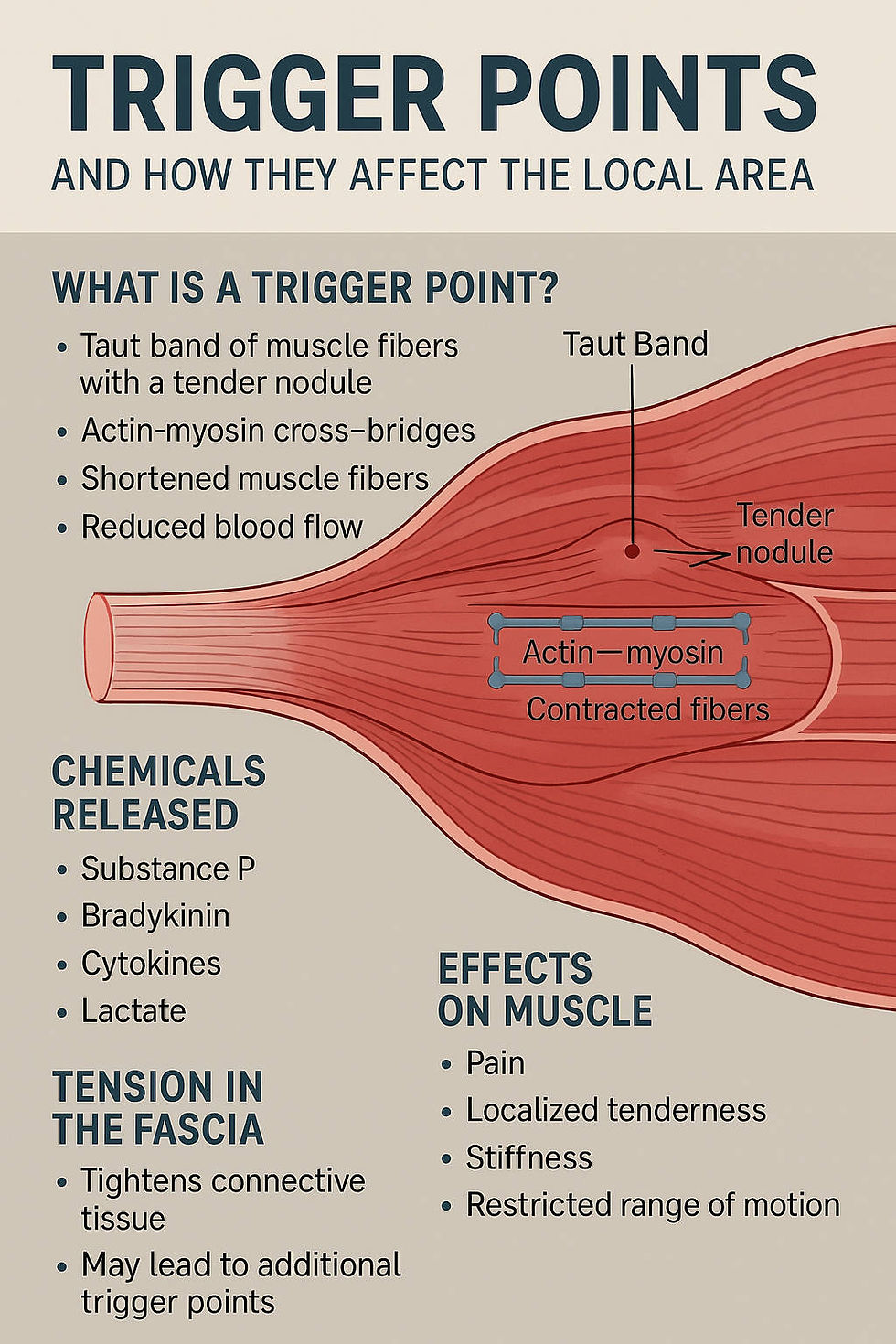How Far Off Is Your Testosterone Test?
- Randon Taylor

- May 21
- 2 min read
-Why outdated lab methods could be misleading your hormone health
Could your testosterone results be wrong—by a lot?
If your total testosterone level came back at 300 ng/dL, most clinics would say you’re “low-normal” and send you on your way. But here’s the catch: outdated testing methods could be off by 50–100%+.
That means your “300 ng/dL” might actually be 150 ng/dL (severely low) or 600 ng/dL (completely normal).

Yes—seriously. That’s how inaccurate some labs still are.
Why Testosterone Testing Is So Inaccurate
Most doctors still use immunoassay methods for testosterone testing. These are fast and cheap—but they’re also wildly inaccurate, especially at the low and high ends of the range.
Research shows that immunoassay can underestimate low testosterone by 50% and overestimate higher levels by 100% or more, leading to completely incorrect diagnoses and treatment decisions.
Here’s what the research says:
1. Immunoassays underestimate low testosterone levels by up to 20%
A 2021 study found that common immunoassays (like Beckman UniCel DxI) showed poor correlation with LC-MS/MS, underestimating low testosterone by over 20%—enough to misdiagnose hypogonadal men.
2. Automated immunoassays produce 20–30% bias in women and children
This 2018 evaluation of five commercial immunoassays showed major bias when compared to LC-MS/MS, with inaccuracies up to 28%.
3. LC-MS/MS is far more accurate, especially for women, teens, and borderline cases
This foundational 2007 study demonstrated that immunoassays often gave false results in low-testosterone scenarios and recommended LC-MS/MS as the clinical gold standard.
Bottom line:
If your total testosterone was tested using immunoassay, it could be off by 20–50% or more. Ask for LC-MS/MS to get a reliable baseline before making any clinical decisions.
What You Should Ask For Instead
Demand LC-MS/MS testing (liquid chromatography–mass spectrometry). This is the gold standard for testosterone testing, and it’s what’s used in research and elite hormone clinics.
Why LC-MS/MS?
• Accurate at low and high levels
• Less affected by cross-reacting molecules
• Better for older men, women, and teens
Most mainstream clinics don’t use it because it’s slower and more expensive—but that doesn’t mean you should settle for junk data.
What This Means for You
If you’ve been told your testosterone is “fine” but you’re dealing with symptoms like:
• Low energy
• Brain fog
• Low libido
• Mood swings
• Poor recovery from exercise
…your levels might not be fine at all. You could be under-treated or misdiagnosed based on flawed testing.

The Bottom Line
A lab result is only as good as the method used to measure it.
If your total testosterone is 300 ng/dL and the clinic used an outdated test, your true level might be dangerously low—or completely fine.
Don’t guess. Ask what method they used. If it’s not LC-MS/MS, it’s not reliable.
Want a second opinion?
I offer consultations for men looking to optimize hormones with accurate testing and real answers. Book online at:
Or learn more in my upcoming article series: “TRT Done Right: Testosterone Testing, Treatment, and Total Health.”




Comments